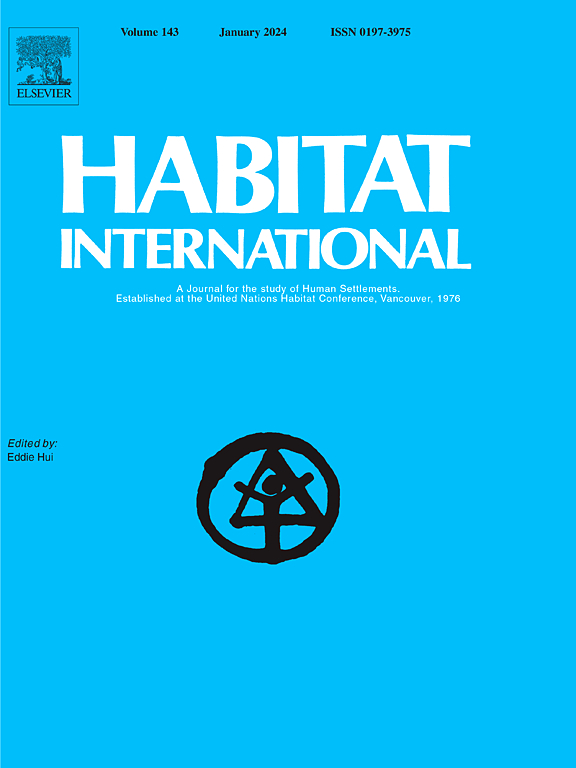Integrating global and local goals: Decoding dynamic evolution and influencing factors of rural settlement sustainable development
IF 7
1区 经济学
Q1 DEVELOPMENT STUDIES
引用次数: 0
Abstract
The global challenges of rural decline have raised increasing attention to rural settlement sustainable development (RSSD). Effective local governance actions are expected to accelerate the achievement of the Sustainable Development Goals (SDGs) in rural areas. Here we integrated global SDGs with China's rural revitalization strategy to develop a stereoscopic theoretical framework for the re-examination of RSSD. Systematic methods were applied to analyze the spatio-temporal evolution and driving mechanism of RSSD. We found that: China's RSSD have made significant progress from 2005 to 2020, particularly in the central region, yet internal dimensions remained a relationship of barely coordination. While governance's support for RSSD have increased, obstacle degrees of social, economic, and ecological dimensions escalated over time. Notable differences in RSSD were observed between the eastern and western regions. Although inertia existed in spatio-temporal transition of RSSD, provinces of LL type possessed the potential to escape from the low-level trap. The phased change of dominant drivers indicated a shift from terrain to land use pattern. RSSD could be better explained by the interaction of land use pattern, resource endowments, and regional connection factors. Necessary measures of regional networked development and rural land use planning will facilitate the achievement of ambitious prospects for RSSD.
整合全球与地方目标:解读农村聚落可持续发展的动态演变及其影响因素
农村衰落的全球性挑战引起了人们对农村聚落可持续发展的关注。有效的地方治理行动有望加速在农村地区实现可持续发展目标。本文将全球可持续发展目标与中国乡村振兴战略相结合,为重新审视乡村可持续发展目标构建了一个立体的理论框架。采用系统的方法分析了RSSD的时空演变及其驱动机制。研究发现:2005 - 2020年,中国农村可持续发展取得了显著进展,特别是中部地区,但内部维度仍处于勉强协调的关系。虽然政府对RSSD的支持有所增加,但随着时间的推移,社会、经济和生态维度的障碍程度也在上升。东部和西部地区RSSD存在显著差异。虽然RSSD的时空转换存在惯性,但LL型省份具有逃离低水平陷阱的潜力。主导驱动因素的阶段性变化表现为从地形向土地利用方式的转变。土地利用方式、资源禀赋和区域联系因素的相互作用可以更好地解释RSSD。区域网络化发展和农村土地利用规划的必要措施将有助于实现农村可持续发展的宏伟前景。
本文章由计算机程序翻译,如有差异,请以英文原文为准。
求助全文
约1分钟内获得全文
求助全文
来源期刊

Habitat International
Multiple-
CiteScore
10.50
自引率
10.30%
发文量
151
审稿时长
38 days
期刊介绍:
Habitat International is dedicated to the study of urban and rural human settlements: their planning, design, production and management. Its main focus is on urbanisation in its broadest sense in the developing world. However, increasingly the interrelationships and linkages between cities and towns in the developing and developed worlds are becoming apparent and solutions to the problems that result are urgently required. The economic, social, technological and political systems of the world are intertwined and changes in one region almost always affect other regions.
 求助内容:
求助内容: 应助结果提醒方式:
应助结果提醒方式:


